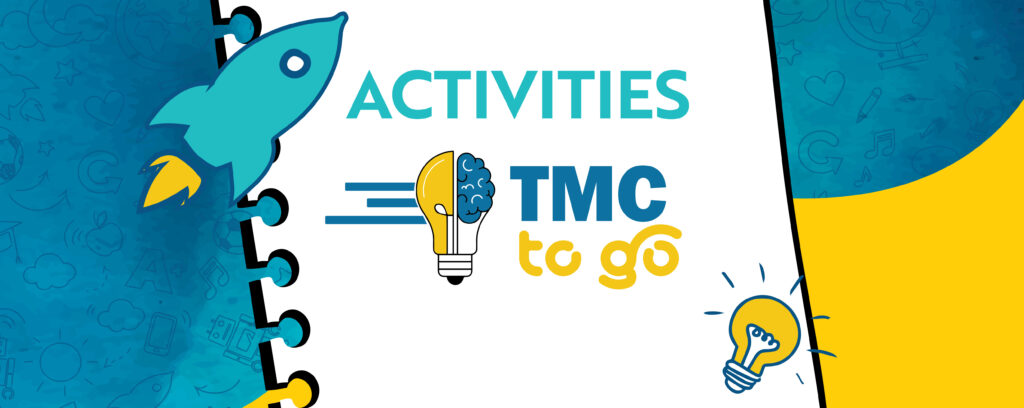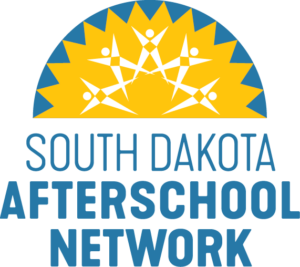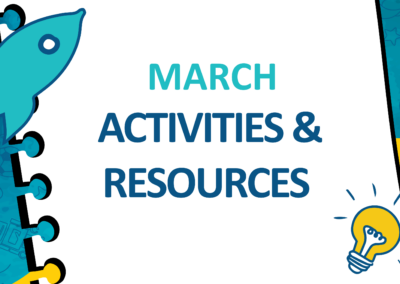Activities
-
- Mathematics & Probability Science Activity: Asked to get an estimate for the famed mathematical constant, Pi, you might do what the ancient Greeks did: Divide the circumference of a circle by its diameter. Or you can estimate Pi by a less conventional method: the random tossing of toothpicks!
- Cutting Pi: Mathematics & Measurement Science Activity: Cutting string diameters from a string circumference is a physical (kinesthetic) way to divide the circumference of a circle by its diameter. No matter what circle you use, you’ll be able to cut three complete diameters and have a small piece of string left over.
- Build a Bird Nest: Different types of birds lay their eggs in different places. Some build tiny nests in bushes, some build enormous nests in tall trees. Some lay their eggs directly on the ground or on rocky ledges. Those that build nests use many different types of materials. In this project kids try to build their own bird nest using only natural materials that you can find outside. Birds are engineers too!
- Explore Biodiversity Using a Homemade Bug Vacuum!: Kids use engineering skills to support the role of a wildlife biologist. Kids create a bubble vacuum to collect and examine the biodiversity of bugs and other small invertebrates (such as spiders, centipedes, and roly-polies) in their neighborhood using a homemade bug vacuum!
- M&M Survival Challenge: Test how mimicry works by using M&M and Skittles candies as the prey. Hunt for the M&M animals but at the same time avoid the poisonous Skittles animals. Will the camouflaged M&M’s have a better chance of survival? Learn about animal survival in a fun context.
______________________________________________________________________

Click on the links below to access curated mini units of STEM-based curriculum from SDAN.
Activity Guide: Getting Electric
Activity Guide: Inside My Body
Activity Guide: Building Great Structures
Activity Guide: Harnessing Air
Activity Guide: City Build 2040
Activity Guide: Star Wars
Activity Resources: Native American Heritage Resources
Activity Resources: Spooky Science Resources
Resources
Transformative Practices
The Million Girls Moonshot aims to raise awareness of the following four research-based practices — Equity and Inclusion, Engineering Mindsets, Role Model, Mentors, and Families, and STEM Pathways and Transition — proven to remove barriers to access and quality STEM learning experiences. Resources, toolkits, blogs, and activities that elevate these four Transformative Practices can be found below and on the Million Girls Moonshot Toolkit
Equity and Inclusion
-
- Access to STEM Framework: To improve the overall quality of out-of-school STEM programs, we need to address how program providers design and implement programming to increase access in STEM for youth who have been underrepresented in the STEM fields. Partnering with the National Girls Collaborative Project (NGCP) and national experts, we have developed an Access to STEM Framework — a guide for supporting program providers in this transformation. Download the Framework. Dive into the three main components of the Framework below:
- Increasing Access – Strategies that address barriers to participation and build on the experiences within the community.
- Youth Centric – Strategies that build on the specific strengths, needs, and challenges of youth.
- Skill Development – Strategies that are personally relevant to youth and enable them to develop STEM and 21st century skills.
- Focusing on Cultural Competency in STEM Education: Research on how to promote educators’ cultural competence to spark and increase diverse students’ interest in science learning. This article provides five strategies, or steps, to become more culturally competent.
- SciGirls Strategies: How to Engage Girls in STEM: SciGirls empowers you to create a more gender equitable and culturally responsive learning environment that inspires, engages, and helps girls thrive in STEM. This book outlines our educational approach, rooted in what research has revealed engages girls in STEM. These strategies have also been proven to work with all learners. Everyone benefits from a gender equitable approach to STEM!
- Access to STEM Framework: To improve the overall quality of out-of-school STEM programs, we need to address how program providers design and implement programming to increase access in STEM for youth who have been underrepresented in the STEM fields. Partnering with the National Girls Collaborative Project (NGCP) and national experts, we have developed an Access to STEM Framework — a guide for supporting program providers in this transformation. Download the Framework. Dive into the three main components of the Framework below:
Role Models, Mentors, and Families
Role models, mentors, and family engagement in a young person’s STEM education leads to increased interest, greater self-confidence, and ultimately a stronger STEM identity. Developing a science-related identity increases the likelihood that students will work toward developing science literacy, or even pursue a career in a science or STEM-related field.
- Role Models and Mentors: Contains an extensive list of places to find a variety of role models, speaker bureaus, and mentoring resources. The site includes FabFems, MentorNet, and Women@NASA.
- Which role models are effective for which students?: Four concrete recommendations for ensuring that STEM role models are motivating for students of all backgrounds and demographics—an important step toward diversifying STEM.
- How to be an effective STEM role model: Advice to share with potential role models, and staff who are role models, on how to communicate the message in the most effective way.
- STEM Family Engagement Planning Tool: A planning tool to support programs in uplifting and empowering all youth and families in STEM.
ASSETS FROM THE IF/THEN® COLLECTION
These assets featuring IF/THEN® Ambassadors Samantha Porter, Digital Preservation Specialist, and Aisha Lawrey, Electrical Engineer, can be used in marketing, social media, and conference presentations.
- Samantha Porte page, including profile, videos, images, and other assets.
- Aisha Lawrey page, including profile, videos, images, and other assets.
STEM Pathways and Transitions
Research tells us that continuous engagement and exposure rather than limited one-time opportunities are needed to nurture the interest and motivation necessary for children to pursue STEM pathways long term. The Moonshot aims to understand and support transitions and handoffs that remove barriers for youth by connecting STEM learning across ages and settings, ensuring youth interest and motivation persists.
- Possible Futures — Career Exploration Curriculum: Open source curriculum that complements and enriches both school and afterschool settings 1) expanding career awareness through authentic experiential learning opportunities; 2) encouraging students to explore their diverse interests, talents, and options; 3) enlivening STEM subjects by bringing in real-world and career contexts; 4) empowering students to develop vital employability skills; and 5) engaging students in making informed choices.
Below are some adaptations of the Possible Futures Career Exploration Curriculum specifically for afterschool and summer programs:
-
- Communicating & Collaborating: Twelve lessons that combine lessons from the Communication and Collaboration units from the Skills for Success module from the Possible Futures Career Exploration Curriculum
- Career Exploration Activities: Designed specifically for Out-of-School Time (OST) providers looking for engaging hands-on and collaborative activities:
- Health Sciences (6 activities + career posters)
- Information Technology (4 activities)
- Lenses on the Future – Self (7 activities)
- The Connected Learning Research Network: Reflections on a Decade of Engaged Scholarship: This report from the Connected Learning Research Network (CLRN) presents a vision for understanding and revitalizing the ways in which we support learning during these changing times. This report synthesizes a varied set of content and perspectives: empirical research on the changing landscape of new media and learning, design principles, evaluation approaches, learner and case studies oriented to identifying and spreading positive innovations.
- Toolkit: Brokering Youth Pathways: A Toolkit for Connecting Youth to Future Opportunities: A Hive Research Lab toolkit to explore the various ways in which out-of-school educators and professionals have approached the challenge of brokering – supporting the identity development, social capital building and long-term, interest-driven learning across settings actively connecting program participants to new learning opportunities.









